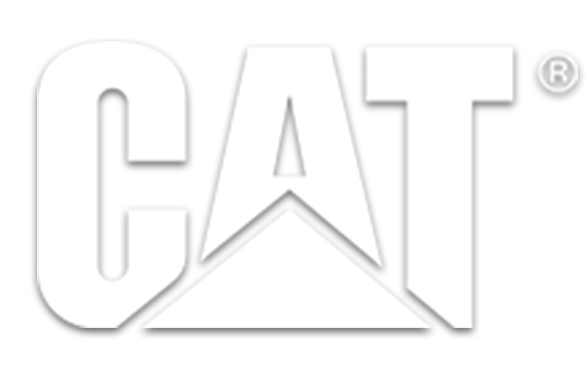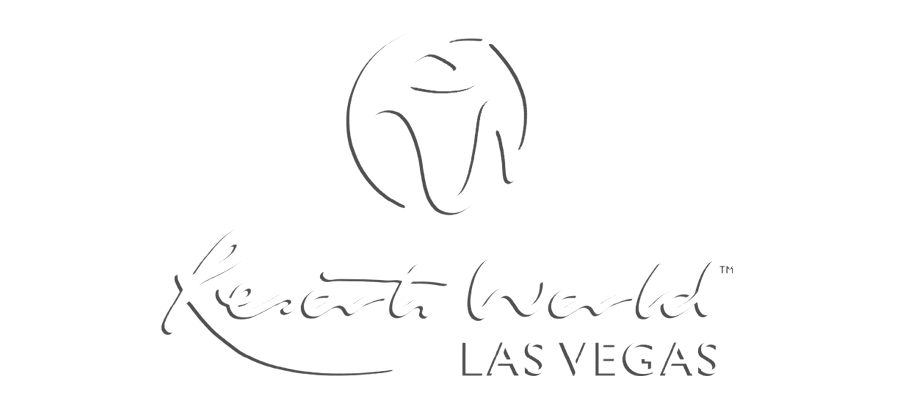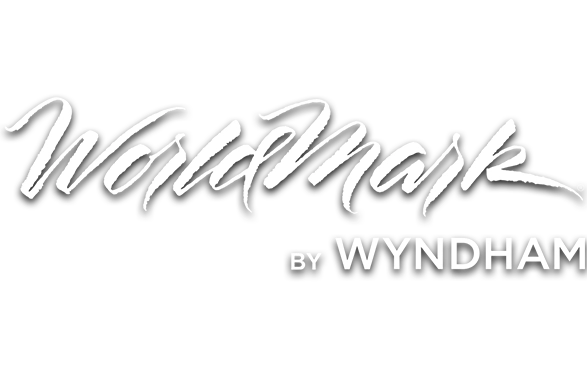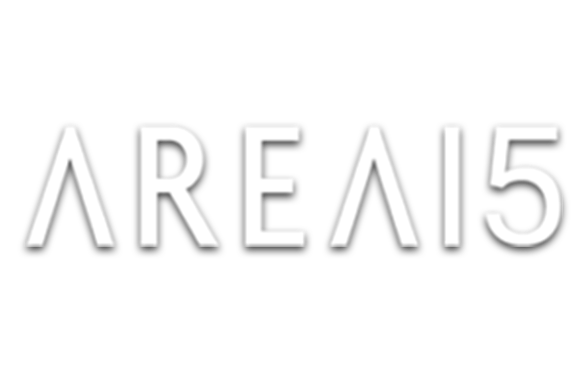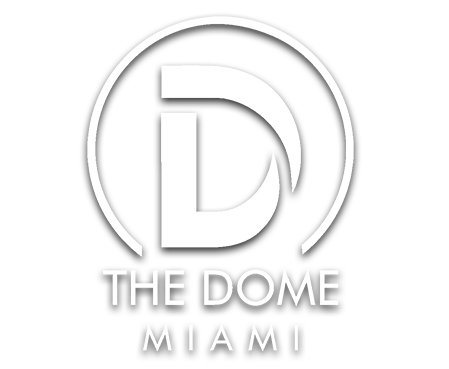In today’s time, when capturing consumer attention requires innovation, the emergence of retail projection mapping has been revolutionary. Projection mapping, at its essence, is a transformative technology that involves projecting dynamic visuals onto physical objects or spaces, turning them into immersive canvases for storytelling and engagement.
Over the past few years, we’ve witnessed a significant surge in the use of projection mapping within the retail sector. As technology costs have decreased, retailers have increasingly embraced this cutting-edge technique to create captivating and memorable experiences for their customers. The trend is reflective of a broader shift toward immersive retail experiences, acknowledging the consumer’s desire for more than just transactional interactions.
Projection Mapping: Transforming Traditional Retail Experiences
As light and imagery merge seamlessly with physical structures, projection mapping brings inanimate objects to life, offering a new dimension of visual communication. This technology has its roots in the entertainment world, enhancing concerts, events, and art installations. However, its adoption can also be seen in retail –– redefining how brands engage with their audience.
In-store spaces are no longer confined to traditional layouts, as retailers can dynamically adapt their environments to reflect seasonal themes, product launches, or promotional campaigns. This flexibility allows for a level of creativity and adaptability previously unattainable in the retail setting. This evolution from static displays to interactive narratives has proven to be a catalyst in enhancing customer engagement and brand recall.

Optimizing In-Store Spaces
Projection mapping’s ability to transcend traditional constraints has enabled retailers to conceptualize and utilize in-store spaces. By leveraging irregular surfaces and unique architectural features, retailers can transform their physical environments into dynamic and visually compelling experiences.
One key advantage of projection mapping lies in its adaptability to irregular surfaces. It seamlessly contours to the nuances of a store’s architecture, allowing for projections on curved walls, intricate displays, and unconventional spaces that were previously underutilized. This versatility not only maximizes the impact of visual displays but also turns the entire store into a canvas for creative expression.
In the IKEA Wembley store, innovative in-store space optimization is on full display. By projecting a digital employee onto physical furniture, hidden features are brought to life, engaging customers actively. The workspaces department emphasizes hidden features and out-of-the-box ideas for using spaces and addressing current-day solutions.
Interactive call-to-actions guide shoppers through targeted content based on interests, ensuring every second counts. Using sensors to collect data on customer interaction allows for real-time adjustments, making the experience not just engaging but also precisely tailored to meet both project and client objectives. IKEA’s creative use of space not only optimizes the customer journey but also adds an element of exploration and discovery to the shopping experience.



Creating Immersive Experiences
Retail projection mapping technology has evolved to engage not just the eyes but the entire sensory experience of customers, making their journey through the store a memorable and participatory event. It envelopes customers in a dynamic and interactive world that goes beyond the conventional boundaries of shopping.
Interactive projection mapping takes immersion to the next level by incorporating elements like motion sensors and touchpoints. As customers move or interact with designated areas, the projections respond in real-time, creating a personalized and engaging encounter. This level of interactivity transforms the retail space into a playground where customers actively participate in the brand story.
Adidas’ flagship store on Oxford Street in London is a stellar example of creating immersive experiences through projection mapping. It has over 100 digital touchpoints and screens around the store.
Adidas’ MakersLab redefines the customization experience with hands-on, interactive stations that cater to customers of all ages. It encourages them to DIY their shoes through activities like iron-on patches and print transfers, fostering creativity and creating shareable, memorable moments for friends and family in-store.
Furthermore, Adidas adeptly synchronizes its content with physical space, seamlessly catering to diverse customer groups, from sports enthusiasts to sneakerheads. The distinct categorization by gender and sports function, coupled with the dynamic Hype Wall on the ground floor showcasing upcoming releases, contributes to a cohesive visual narrative that resonates with various consumer interests.


Bringing Visuals to Life
One reason for the popularity of retail projection mapping is its ability to animate traditionally static displays. By projecting dynamic content onto products or store fixtures, retailers can transform once-static presentations into enticing, moving narratives. This dynamic approach not only captures attention but also engages customers in a way that static displays cannot, creating a more immersive shopping experience.
Retailers can use projection mapping to create visually compelling stories around products. Brands can craft narratives that unfold seamlessly on walls, structures, or even the products themselves. This enhances the aesthetic appeal of the retail space while also providing an opportunity to communicate brand values, product features, and unique selling points in a visually engaging manner.
Moreover, projection mapping is not confined to the interiors of stores; it extends its possibilities to external facades, creating visually striking scenes that can highlight brands and draw attention from afar. This versatility enables retailers to create a cohesive visual identity both inside and outside the store.
In a daring move, Zara temporarily replaced traditional mannequins with augmented reality (AR) versions of real fashion models, offering customers an immersive experience both inside and outside the stores through the Zara AR app for iOS and Android. The campaign features entirely bare window displays devoid of mannequins or clothing, enticing curiosity and prompting passers-by to download the Zara AR app.
This strategic approach aimed to captivate audiences compelled them to point their smartphones at the shop windows. The reward for their engagement was a dynamic AR experience where top models showcased Zara’s latest studio collection, engaging customers in a unique and visually captivating narrative that seamlessly merged the digital and physical realms. It exemplifies how projection mapping can elevate not only in-store experiences but also extend its transformative impact to the external presentation of brands in the retail landscape.


Future Possibilities of Projection Mapping in Retail
The future of retail holds exciting and limitless possibilities for the continued evolution of projection mapping technology. Retailers can anticipate a myriad of innovative applications that will redefine the way consumers interact with brands.
As we saw, one promising avenue lies in the integration of augmented reality (AR) with projection mapping, which holds tremendous potential. For instance, customers might use their smartphones or AR glasses to interact with projected elements, unlocking a new dimension of interaction and information dissemination. This convergence of technologies has the power to redefine how customers engage with products and brands in a retail setting.
The personalization of projection mapping content is another frontier. With the use of data analytics and artificial intelligence, retailers can tailor projections to individual customer preferences, creating hyper-personalized in-store experiences. Imagine walking into a store where the displays dynamically adapt based on your past purchases, creating a curated shopping journey tailored to your tastes. This level of personalization could turn each customer’s journey through a store into a unique and tailored experience.
Wrap Up: Retail Projection Mapping With Lumen & Forge
The transformative power of retail projection mapping is evident. Lumen & Forge stands at the forefront, offering unparalleled solutions in retail projection mapping. By seamlessly blending the digital and physical, our cutting-edge technologies can help redefine your retail landscape, transforming once-static spaces into dynamic canvases of storytelling. We help create custom content specifically designed to fit on any desired surface. We ensure proper planning, such as creating technical drawings of the space and calculating the angles and placements of the projectors, before the actual mapping. Lumen & Forge’s expertise in precision and creativity, coupled with our commitment to pushing the boundaries of possibility, illuminate the path to a future where retail projection mapping becomes not just a tool but an art form. Are you ready to transform your retail space? Contact us here for more detailed information.





